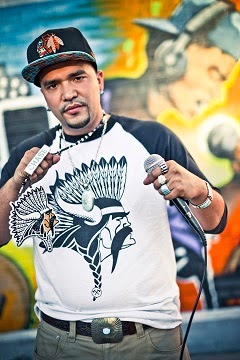
Here is an interesting case of a Indigenous student who is using traditional beliefs (smudging) on his own time and not at school is forced to encounter the bureaucracy of the state. Stephen Burn has been accused of using drugs and was searched by his school. While it is legal to search students on school property it was his explanation of doing smudging that were not believed. Eventually he ended up in the principals office where he was told he must give up doing is smudge. Eventually another reason was raised that the school is scent free environment and he can no longer attend classes after having smudged. Incredibly students and staff that smoke cigarets are allowed to continue this health hazard.
http://www.cbc.ca/news/aboriginal/first-nations-teen-told-not-to-smudge-before-school-1.2524641
The
Canadian Charter of Rights and Freedoms says in section
2. Everyone has the following fundamental freedoms:
(a) freedom of conscience and religion;
(b) freedom of thought, belief, opinion and expression, including freedom of the press and other media of communication;
(c) freedom of peaceful assembly; and
(
d) freedom of association.
Perhaps Indigenous spiritual traditions are not religious rights.
Smudging is Indigenous physical and mental cleansing technique and tradition. It is a
ceremonial way to cleanse a person, place or an object of negative
energies or influences. It is also an effective method for energizing or
blessing a person, place or object. Smudging can be useful when you're feeling depressed, angry,
resentful, unwell or after you have had an argument with someone. It is
common to smudge yourself, the space and all the guests or participants
before a ritual or ceremony or celebration. You can smudge your home or
work space as part of a general spiritual housecleaning. Sage is probably the most popular herb for smudging, followed by Sweet
Grass. When the herbs used for smudging are tied into a bundle and
allowed to dry they are called a "smudge stick". In traditional
societies the herbs used for smudging are considered sacred and the
smudge stick is treated with great respect.
To learn more and see his youtube video click the link
http://www.youtube.com/watch?v=5L-ktxzVwDE




